No products in the cart.
Mouse over to zoom in
Hazel Nut
From Rs180.00
Healthy Master
Manufactured By
Shashila Healthy Master Private Limited
Description
The hazelnut is the fruit of the hazel tree and therefore includes any of the nuts deriving from species of the genus Corylus, especially the nuts of the species Corylus avellana.[1] They are also known as cobnuts or filberts according to species. A cob is roughly spherical to oval, about 15–25 millimetres (5⁄8–1 inch) long and 10–15 mm (3⁄8–5⁄8 in) in diameter, with an outer fibrous husk surrounding a smooth shell, while a filbert is more elongated, being about twice as long as its diameter. The nut falls out of the husk when ripe, about seven to eight months after pollination. The kernel of the seed is edible and used raw or roasted, or ground into a paste. The seed has a thin, dark brown skin, which is sometimes removed before cooking.
HAZELNUTS AND CANCER
Hazelnuts are rich in antioxidants, which are compounds that protect against the oxidation of cells. They reduce the extent of cell damage from free radicals.
Hazelnuts contain the antioxidant vitamin E. Some research Trusted Source suggests that vitamin E may help shield the body from types of cell damage linked to cancer.
A small 2011 trial Trusted Source found that eating a 30-g nut mix that contained 7.5 g of hazelnuts every day improved participants’ insulin sensitivity over 12 weeks.
RESEARCH
Hazelnuts have been linked to reduced inflammatory markers, thanks to their high concentrations of healthy fats.
One study investigated how eating hazelnuts affected inflammatory markers, such as high-sensitivity C-reactive protein, in 21 people with high cholesterol levels.
The participants experienced significant reductions in inflammation after four weeks of following a diet in which hazelnuts accounted for 18–20% of their total calorie intake (16Trusted Source).
Moreover, eating 60 grams of hazelnuts every day for 12 weeks helped reduce inflammatory markers in overweight and obese people (30Trusted Source).
Another study examined how eating hazelnuts affected inflammation. It showed that eating 40 grams of hazelnuts may reduce the inflammatory response in healthy people (31Trusted Source).
Similarly, 50 people with metabolic syndrome experienced a decrease in inflammation after consuming 30 grams of a combination of raw nuts — 15 grams walnuts, 7.5 grams almonds and 7.5 grams hazelnuts — for 12 weeks, compared to a control group (32Trusted Source).
However, most studies conclude that eating hazelnuts alone is not enough. In order to reduce inflammation, it is also important to follow a calorie-controlled diet (30Trusted Source).
EAT AS PER YOUR WEIGHT
Hazelnuts have a great nutrient profile. Although they are high in calories, they are loaded with nutrients and healthy fats.
- Loaded With Antioxidants
- May Be Good for the Heart
- Could Decrease Inflammation
- May Help Lower Blood Sugar Levels
STORAGE
Keep shelled hazelnuts fresh by storing them in the fridge, or a cool, dark place such as a cellar. Hazelnuts will stay fresh in the fridge for up to six months. If you want to store them longer, put them in the freezer where they’ll retain their freshness for up to one year.
SIDE EFFECTS
If you have an allergy to hazelnuts, symptoms typically occur shortly after or immediately after consuming hazelnuts or foods containing them. Possible reactions, from least severe to most severe, include:
- Nasal congestion or runny nose
- Wheezing or coughing
- Itching of the mouth, throat, eyes, skin or any other area
- Nausea, abdominal pain, vomiting, or diarrhea
- Difficulty swallowing
- Shortness of breath
- Swelling of lips, tongue, or face

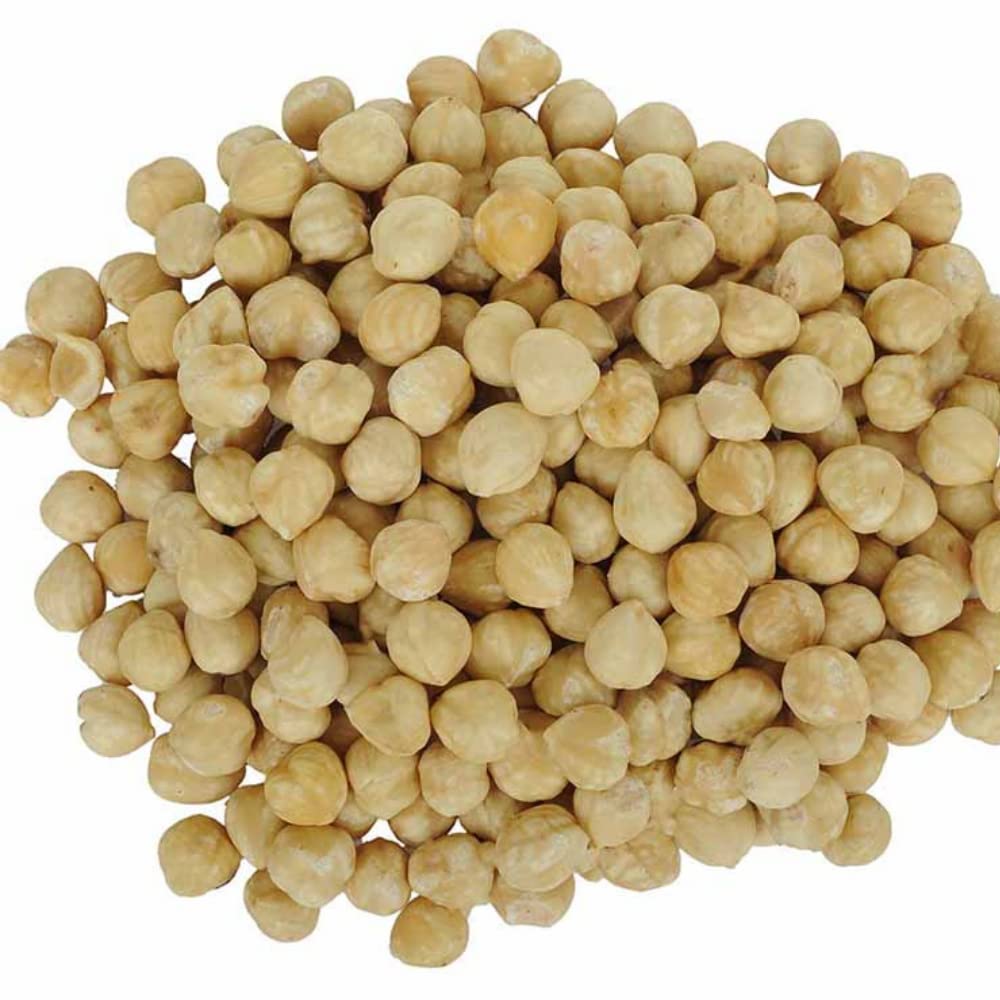

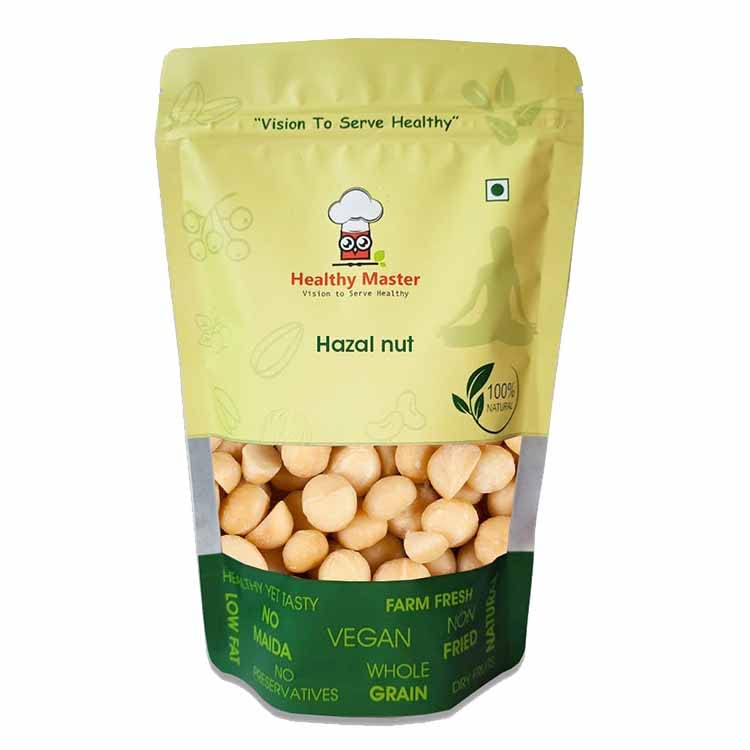
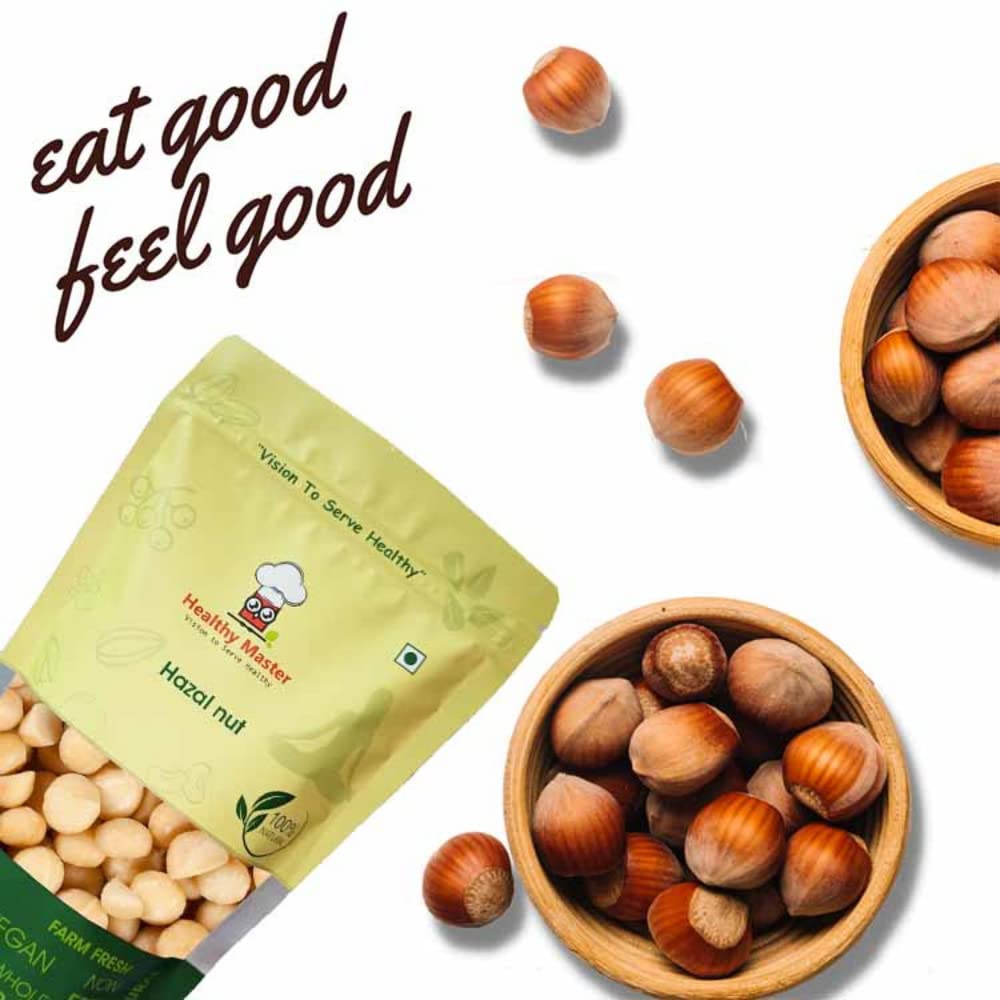




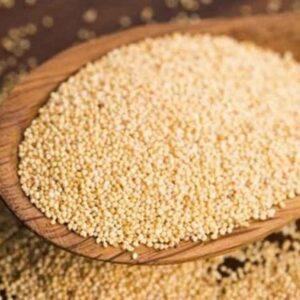
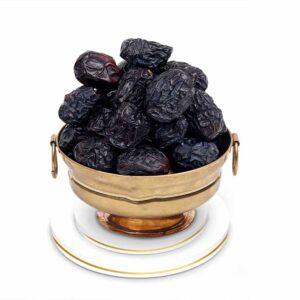
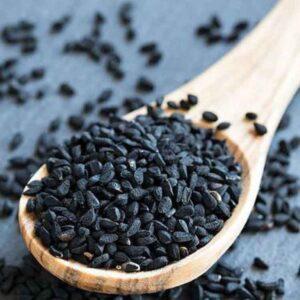





Reviews
There are no reviews yet.